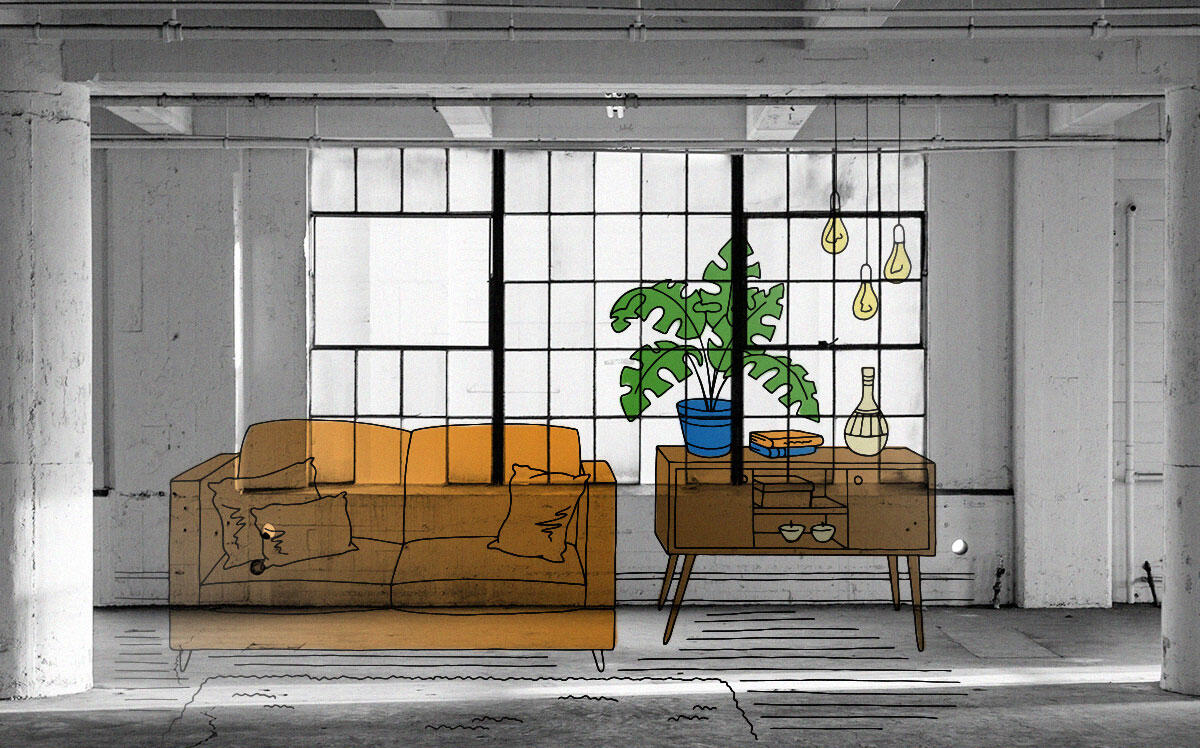
Trending
Hotel, office conversions could be housing pipeline: Study
RAND pegs adaptive reuse potential at more than 100K units

Los Angeles County could add up to 113,000 residential units by converting underused hotels, offices and other commercial buildings, according to a new study.
A RAND Corp. report concluded that such adaptive reuse could satisfy up to 14 percent of the state-mandated housing goal for late 2029, the Daily News reported. The county has about 2,300 underused hotels, office buildings and retail centers available for such redevelopment, the report found.
The conversions would work best for hotels, it said, and most of those units would have to be studio apartments to make financial sense.
“Repurposing commercial buildings to help address Los Angeles County’s housing shortage is a compelling idea, but the economics and logistics of such projects are complex,” RAND economist Jason Ward, the study’s lead author, said in a statement. “Significant incentives for the conversion of these properties … may be needed to realize the full potential of adaptive reuse.”
State and local governments have looked at hotel and office conversions in recent years as a way to address a housing shortage.
During the pandemic, California launched Project Homekey and its predecessor, Project Roomkey, to get homeless people into converted hotels. Two L.A. County supervisors have called for a study to develop a list of potential home conversion sites.
The City of Los Angeles has been in the forefront of adaptive re-use conversions. In 1999, it passed an ordinance to streamline the redevelopment of vacant downtown buildings. As a result, 12,000 of 37,000 new downtown housing units were created through building conversions.
“Housing production in (downtown) L.A. has been one of the few success stories in Los Angeles’ quest to increase the stock of housing over the past three decades,” the Santa Monica-based nonprofit research organization said.
A state housing program requires L.A. to boost homebuilding to an average of 57,000 units per year this decade compared with an average of 8,800 in the last decade.
But converting commercial space into housing can be “a complex issue,” the RAND report says.
The ability to convert office or retail properties depends on local real estate prices and whether they’re turned into studios or one- to two-bedroom units. Studios – smaller apartments with one room, kitchen facilities and a bathroom — are more cost-effective than larger apartments.
Other deciding factors include a building’s size, construction type, floor layout and condition. Hotels are more cost-effective than offices for home conversions, the study found, mainly for studio apartments.
While office buildings are more plentiful than hotels in the most desirable areas, conversion can be cheaper than new construction. At the same time, social benefits can make such conversions worthwhile, including access to jobs and public transit and increased housing affordability.
The study urged local governments to provide subsidies to encourage such redevelopment. And they need to boost incentives by increasing allowable density, adopting alternative building codes and streamlining the approval process for building permits.
There are 4,322 adaptive reuse conversions set to begin this year in Los Angeles County, more than anywhere in the nation.
[Los Angeles Daily News] – Dana Bartholomew
Read more






